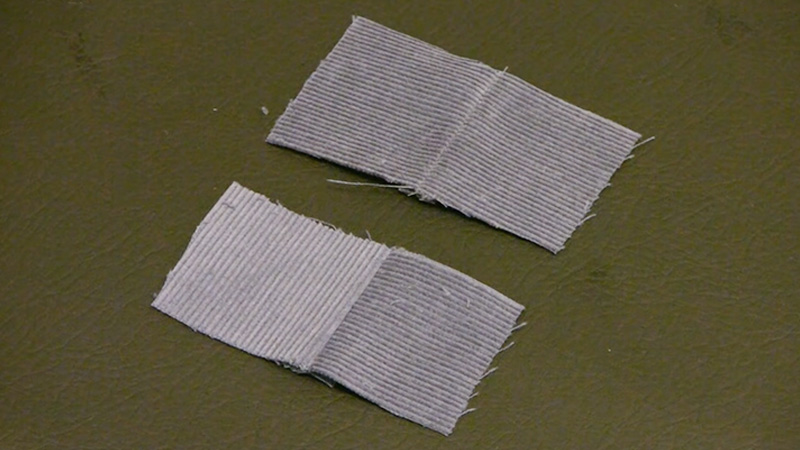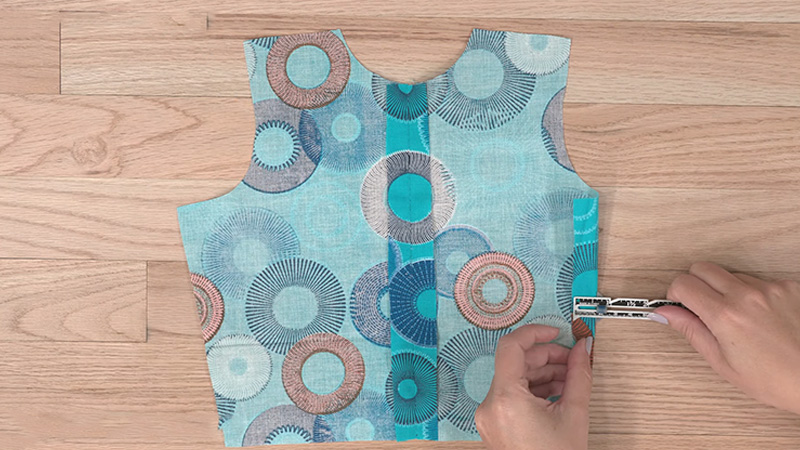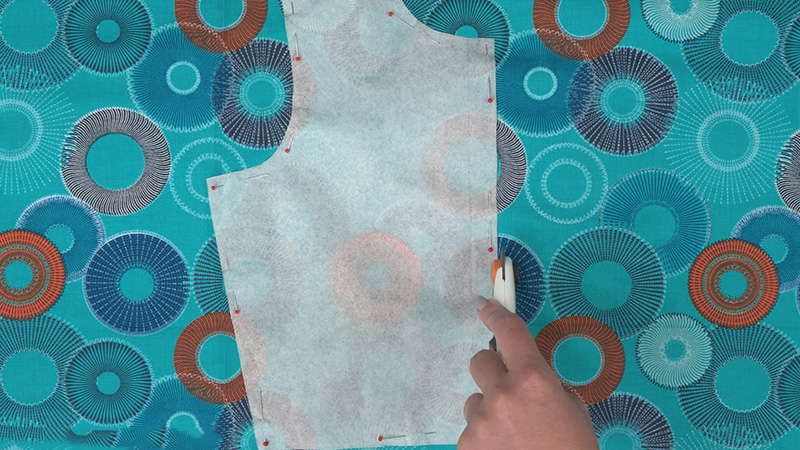Anyone familiar with sewing must know what Nap in Sewing is. In case you don’t, you are just at the right place.
Nap is not what you are thinking. Often in industrial and commercial envelopes, you will see the label “With or Without Nap.”
Professionals who attach the labels, think everybody who sews must know what nap is. And this is why, we are here to offer you a detailed tour of Sewing Nap.
Today, we will know how sewing nap overall affects the fabric yardage you will need for your work and how you can sew and press with the nap.
Before we find out what nap is, do you know what pattern envelop means in sewing? Let’s find out!

Pattern Envelop in Sewing
No, a pattern envelope is not a sewing pattern. It is generally the outer cover and bears all the information and materials you need for a specific sewing project.
Imagine your project and the pattern envelope will guide you with all the materials. It will help you select the right sewing components and build your project.
You will have photographs and fashion sketches of complete apparel on the front cover of the pattern envelope. It helps you to brainstorm ideas and work on the new picks in your work.
The reason why we had a brief on the pattern envelope is that this is where you get the information about sewing naps first. Let’s begin.
What Is Nap in Sewing?
Nap defines the surface texture of a fabric. It is the raised or brushed surface of the fabric with a different appearance when stroked from different angles.
Generally, naps in sewing apply to specific kinds of clothes, ideally for velvet, velveteen, terry cloth, corduroy, fleece, fake fur, moleskin, and bouclé.
In simple, the nap is a pile of fabric used for different purposes. It is raised fiber, but not a by-product. A fun fact about the nap is, that it changes shades with light and appears to be lighter or darker when seen from different angles.
This might seem like a professional touch, but you can do it with a little bit of practice. You have to weave the pile into the cloth. Cut off the tail or either leave it, based on your work.
History of Nap in Sewing

Nap in sewing is not a new thing. It dates back to ancient times, since the 15th century. During the Renaissance and early modern period, textile and weaving practices improved a lot.
People started to experience different weaving techniques with fabrics to enhance the beauty of sewing. Velvet, for example, was among the first few fabrics to be deliberately worked upon with a nap.
Around the 18th century, naps became more common in sewing. In fact, it became a symbol of fashion. Seamstresses and tailors charged extra to cut the naps to sew.
In the 20th century, naps became more dominant. Fashion evolved and designers started to use the napped fabrics more creatively. The trend still goes on!
Here’s the introductory part to learn about napped fabrics. Keep reading to find out more about nap in sewing.
How to Cut Fabrics with Nap?

One common question we often get from beginners is, how do you cut fabrics with naps?
In our line of profession, we have to often deal with projects where we need to frequently cut fabrics with naps.
Yes, you can cut fabrics with naps. But to do this, you have to be careful and considerate. The first thing you would need to pay attention to is the direction of the naps.
The direction of the naps, overall, affects the appearance and texture of the fabric. Our quick guidelines will help you maintain the concerns! Follow them in series,
- The first step involves figuring out the direction of the nap in your fabric. You can do this by gently running your hand over the surface of the fabric.
The fibers will feel smoother and flatter in one direction. On the other end, you will feel it rough or raised when stroked. - Please ensure the nap runs consistently in one direction across the apparel. Generally, you should have the nap run downward or from top to bottom on clothing items like dresses or skirts.
If you don’t cut the nap in one direction, it will change shade differently under light. Thus, it’s important to strictly maintain it.
For upholstery, the nap direction can vary based on the specific design and texture. Also, it’s not unlike to have definitive patterns like stripes, plaids, or motifs in your garment.
In such a case, you should pay attention to matching the patterns in addition to the nap direction. And ensure that, elements from the pattern sync correctly with seams and openings.
- Once you are ready, you have to be extremely precise.
You should avoid cutting multiple layers at a time or folding the fabric. Cut one layer at a time. It will offer you a consistent nap direction all over the garment. - Additionally, you can use pins to secure your pattern pieces to the fabric. So, the fabric won’t shift abruptly during you cut it.
Use sharp scissors or a rotary cutter with a fresh blade to make clean cuts. Don’t use pinking shears, as they can disturb the nap.
- Follow-Up Notes: You are now done! Handle your fabric with care. Be it napped or not, any fabric needs high-grade care if you want it to last long.
You may need to press the fabric too! Use a pressing cloth or a piece of muslin to prevent flattening the nap. Note that, steam can help restore the nap’s texture for flattened sewing.
Here ends our guide on how you should cut napped fabric! If you have just started to work in the fabric industry, our guide will come in handy for you.
Any Last Word?
We are at the end of our article. Napped fabric can additionally extend the beauty of your garment and add more charm to it.
Look around and you will find examples around you. It has become a comfortable means of homeware for women, and men too.
Not limited to comfort wares only, napped apparel is also used in catwalks and ramps.
Hence, it is important to learn more about what is a nap in sewing. Also, understand the use of it and learn how to deal with napped fabrics for more durability.
Don’t forget to share our article with your friends and help them learn what nap in sewing is. Happily learn to share!
Leave a Reply